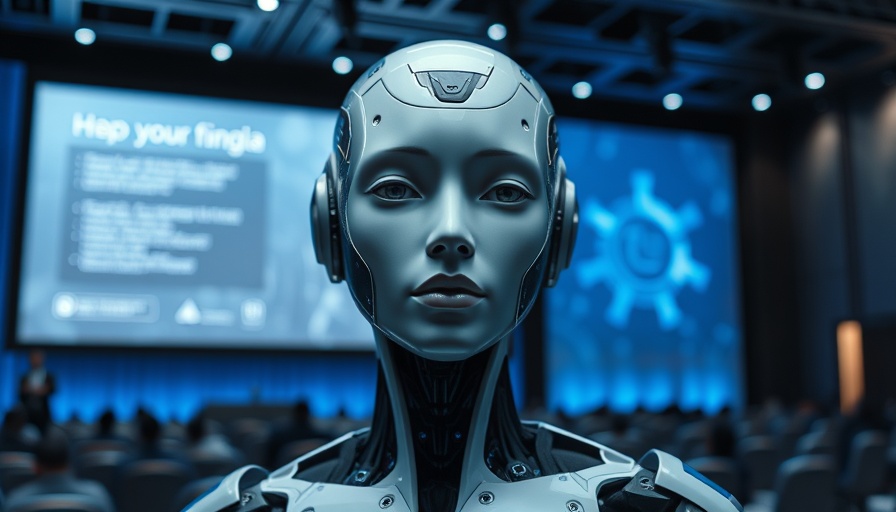
Understanding the Shift from Transformers to Continuous Thought Machines
In the landscape of artificial intelligence, the introduction of continuous thought machines (CTMs) marks a significant departure from traditional transformer architectures. Developed by Sakana AI, a startup founded by pioneers from Google's early AI research, CTMs adopt a nuanced perspective on processing information. Unlike their predecessors, CTMs mimic some aspects of human cognition; they can reflect on their thought processes, deciding the duration and depth of their computation based on internal feedback—a feature that could redefine how AI systems manage reasoning tasks.
In 'They Finally Dropped an AI Architecture That Could Replace Human Thought,' the discussion dives into the revolutionary concept of Continuous Thought Machines, exploring key insights that sparked deeper analysis on our end.
The Fundamental Philosophy of Continuous Thought Machines
CTMs operate without the rigid structure of fixed parallel layers common in transformers. Each neuron maintains a memory of its activation history, which influences its future responses. This design allows for variable computational depth, providing flexibility that extends beyond mere pattern recognition. For tasks that require intricate decision-making—like navigation and real-time data analysis—CTMs promise to enhance performance by enabling a form of reasoning that accounts for context and sequential information flow.
Transformative Applications and Current Testing
Early experiments with CTMs have shown promising results across various domains. From image classification to maze navigation, these models handle tasks in ways that deviate from traditional AI methodologies. For instance, CTMs create step-by-step movement instructions directly from images, a capability made possible by their adaptive focus on relevant features, similar to how humans process visual information. Moreover, their ability to naturally calibrate confidence scores based on internal computations reduces the need for post-hoc adjustments—an essential improvement in fields requiring precise AI predictions, such as healthcare and autonomous vehicles.
Challenges Facing Continuous Thought Machines
Despite their potential, CTMs face technical challenges. The intricate nature of their operation demands advanced training methods and bespoke tooling, as most current AI frameworks are ill-equipped to accommodate the dynamic behavior of tick-based computation. Additionally, while CTMs exhibit adaptive reasoning, their slower inference times during simpler tasks could hamper practical applications unless future optimizations are made.
Looking Ahead: The Future of AI with CTMs
The advent of continuous thought machines signals a broader shift in AI development, steering the conversation towards adaptive and time-aware models. Companies focused on improving reasoning capabilities may find valuable opportunities in this new architecture, which seeks to enhance interpretability and decision-making processes. As we aspire to build AI systems that think more like humans, CTMs represent an innovative stepping stone in that direction, challenging the assumption that bigger models are always better.
In a rapidly evolving tech landscape, R&D directors, tech investors, and innovation executives must stay informed about these developments. Understanding how architectures like CTMs differ from traditional models will be crucial in identifying future opportunities and navigating the arena of AI advancements.
 Add Row
Add Row  Add
Add 




Write A Comment